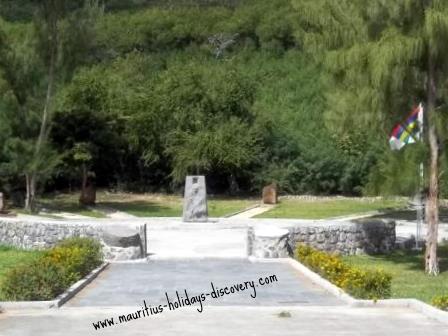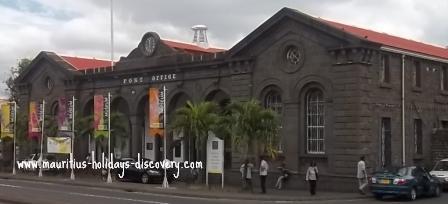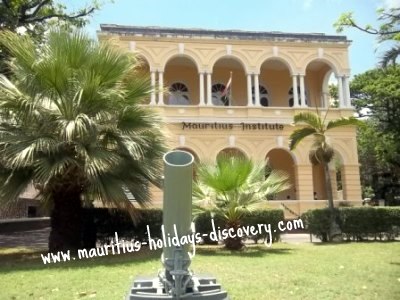Tourist Attractions in Mauritius. . . . . . The Less Explored Avenue
Nearly everyone who is familiar with our island will certainly tell you the most gorgeous tourist attractions in Mauritius are its l-o-o-o-v-e-l-y . . . . sexy . . . . beaches.

They are right . . . and we do not question this!
But what I truly believe is that outside the boundaries of Mauritius’ popular beaches, there is an inadequately explored dimension in its historical and cultural attractions.
Though some are quite popular, many remain in the shadow of the limelight.
You see the history of Mauritius is relatively young.
The first people to settle on the island were the Dutch. They landed and built their headquarters at Grand Port and at this place the Frederik Hendrik Museum retraces back the history of their arrival through paintings, historical documents and artifacts found during excavations works. Alongside you’ll also find ruins of buildings erected by the French who came to colonise the island after the Hollanders abandoned Mauritius for good.
At the National History Museum of Mauritius which is located at Mahébourg you’ll find additional resources about the Dutch passage here, the development carried out by the French colonists in the island and the British rule after they conquered Mauritius.
We cannot talk about the Mauritius’ colonisation without paying homage to the sweat, blood and tears of slaves and indentured labourers.
Le Morne is not only a gorgeous landscape and top tourist attraction of the island, but was a revered numinous sanctuary for marooned slaves where they could find solace from the atrocities inflicted upon them by their masters.

The Slaves Route at Le Morne Brabant, a tranquil place of recollection and inspirations!
Following the abolition of slavery many indentured labourers transited through the Aapravasi Ghat to shape the kismet of the Mauritian Society alongside all those people who came here earlier, whether through fate, coercion or on their own free will.
Other Tourist Attractions in Mauritius . . . .

Mauritius Postal Museum
The Mauritius Postal Museum, located in Port Louis, documents various events in the evolution of postal services through the colonial periods till the present technological era.

Mauritius Natural History Museum
The oldest museum of Mauritius: The Mauritius Natural History Museum exhibits collections comprised of marine fauna and birds of Mauritius and the Mascarene Islands. It also has an Insects, Meteorology and Giant Tortoise gallery. The World of the Dodo section is an interesting place to learn more about this extinct bird which was endemic to our island.
The museum is a must visit when you are in the City of Port Louis.
Robert Edward Hart Memorial Museum
Located at Souillac beach village in a coral-stone building called Le Nef, the Robert Edward Hart Memorial Museum honours an enigmatic Mauritian poet. . . .
Mauritius Photography Museum
Owned by Marie Noelle and Tristan Bréville, the Mauritius Photography Museum is a treasure trove of Mauritian photographic materials dating back as far as 1840. It is the unique photographic museum of Mauritius which exhibits and preserves our national photographic heritage.
Biscuiterie H Rault
The Biscuiterie H Rault, situated at Ville Noire-Mahébourg, is one of the most exotic tourist attractions in Mauritius. The factory manufactures crunchy biscuits, known as Biscuits Manioc, from cassava flour since 1870 in a setting reminiscent of French colonial culture.
The Sir Seewoosagur Ramgoolam Memorial Centre for Culture
Sir Seewoosagur Ramgoolam was the first post-independence Prime Minister of Mauritius and often referred to as the “Father of the Nation”. After his death his cozy colonial style wooden house was converted into a memorial centre for culture.
Follow Us On Facebook. . .
. . . and stay connected with news, stories, comments and targeted offers.
Mauritius Holidays Discovery >> Tourist Attractions in Mauritius